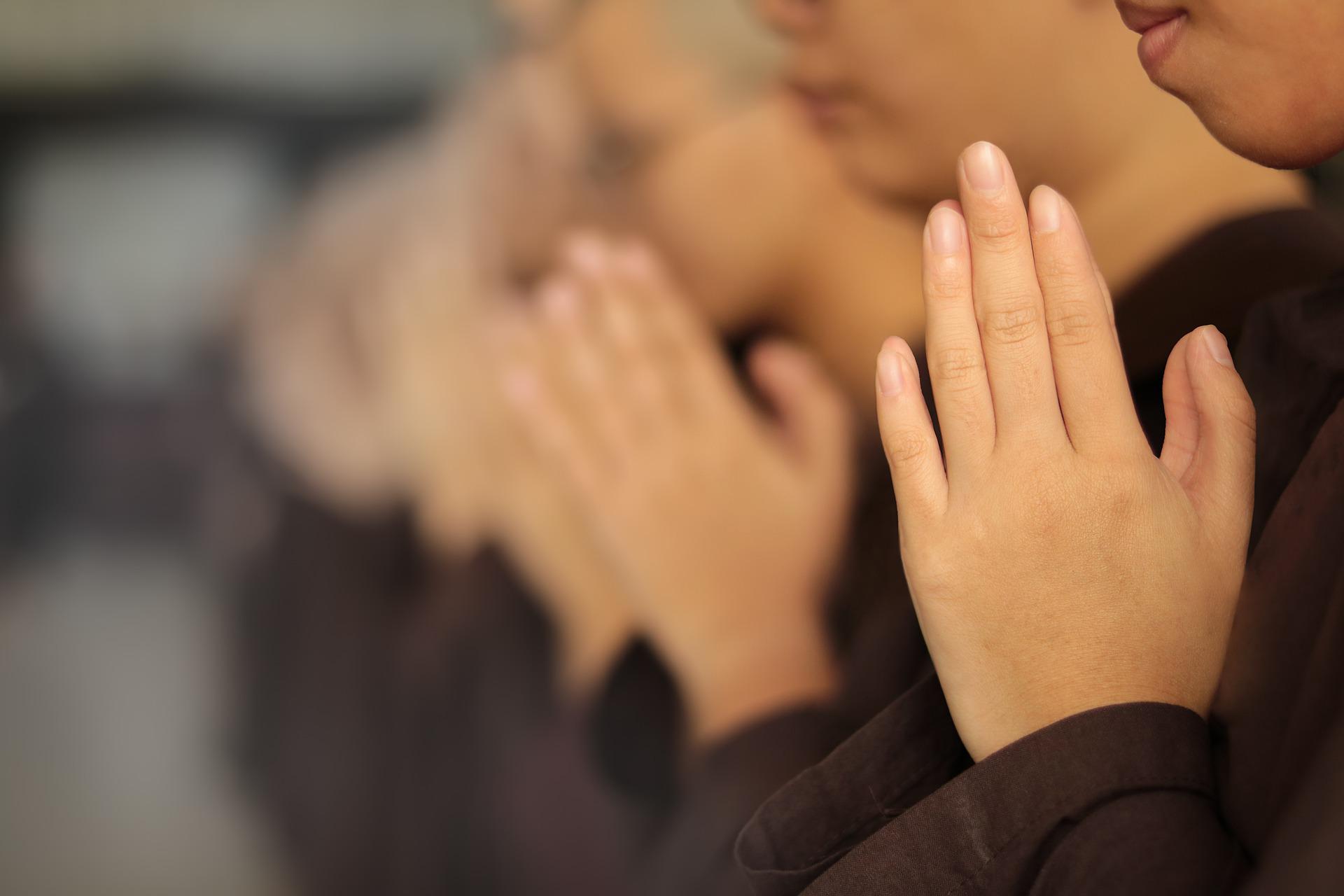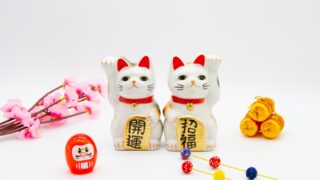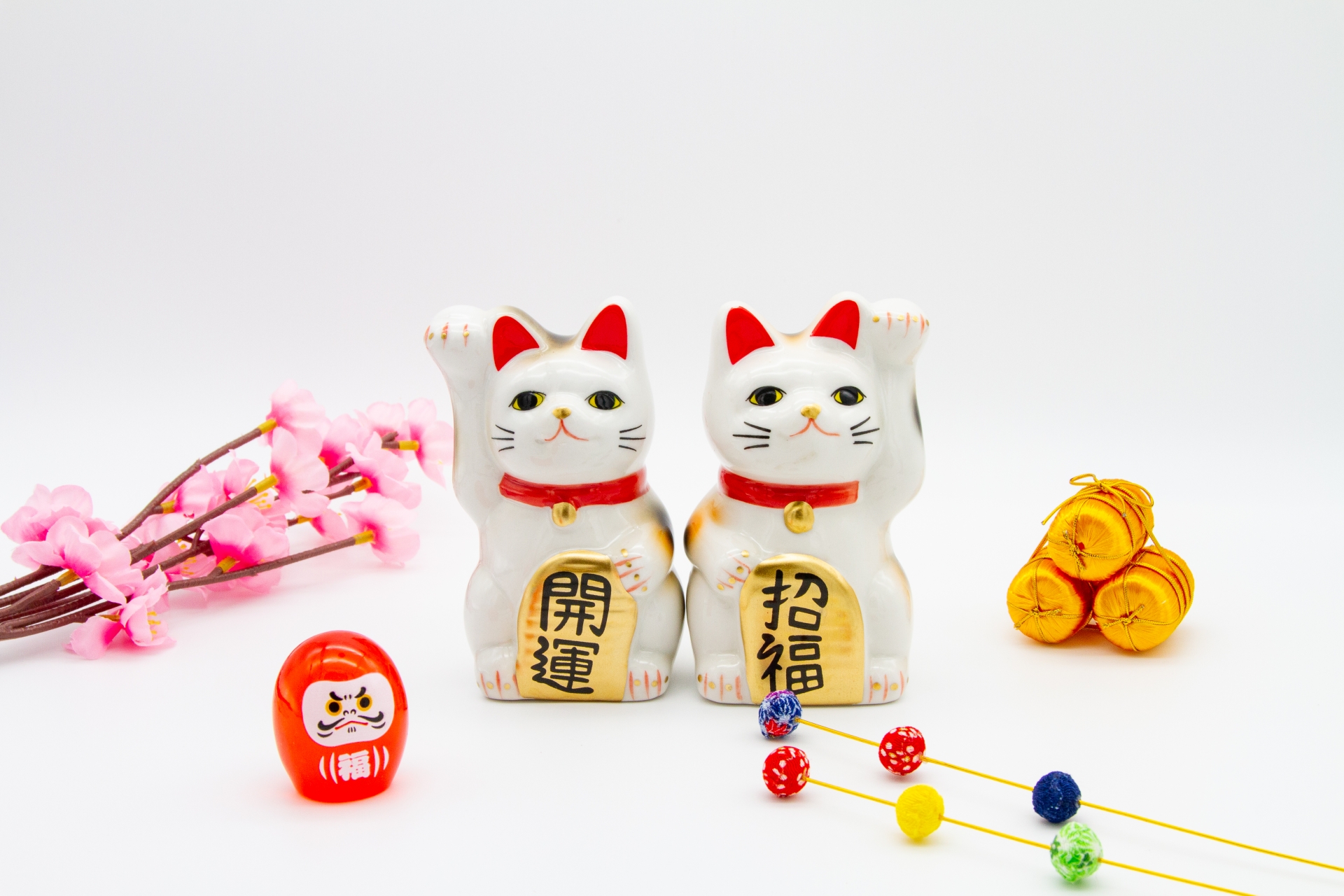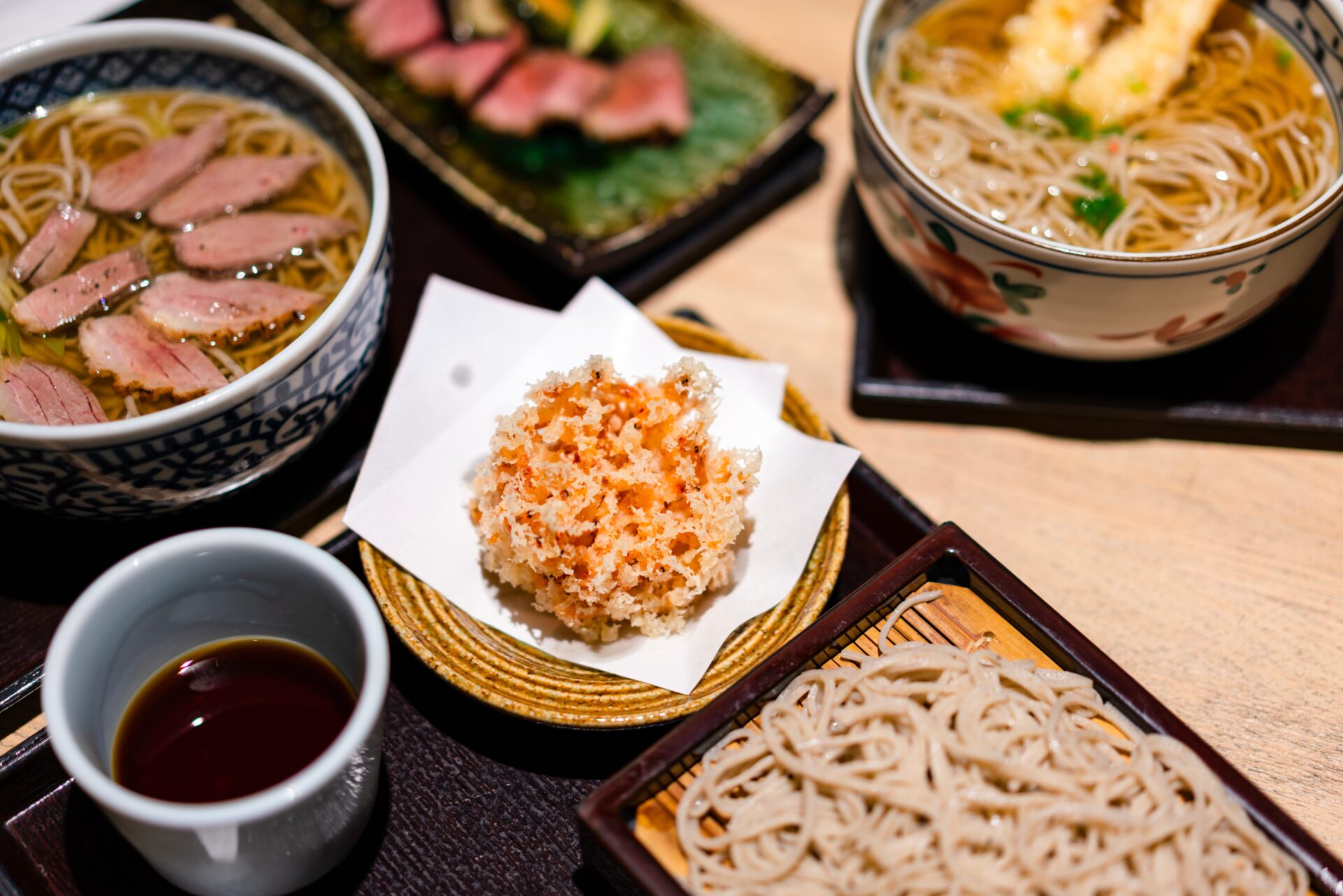
Charles Brown is an intern from the United States. He is earning his Masters Degree in Public Administration at the University of New Orleans, where he lives. He is passionate about experiencing different cultures and living an exciting life with reckless abandon, which is why this company was a perfect fit for him. He is also a big fan of all things sports, especially soccer. Just don’t challenge him, because is overly competitive.
Being in a new country can come with quite a culture shock, especially if the customs of that country you are visiting are vastly different from your home country. Japan is a country that is very particular about its customs and traditions, so it can be a bit difficult to assimilate quickly and smoothly transition into society while not standing out like a sore thumb. The Japanese language is also not the easiest to pick up, so there is often a language barrier. Thankfully, a great part of Japanese culture and Japanese people is that they are excellent communicators. They not only use words but also body language and gestures to communicate with each other. Learning these gestures is a quick and easy way for international visitors to overcome the language barrier.
- 1. Bowing
- 2. Pointing at Yourself/Your Face
- 3. An “X” with the Arms
- 4. An “X” with the Fingers
- 5. The “Come Here” Hand Motion
- 6. Hands in Front of You, Palms Out
- 7. Chopping the Air While Walking
- 8. Big Circle Over Head with Arms
- 9. Gesture to Someone Else
- 10. Do not Stare
- Japan Wonder Travel Tours
- Other articles you might be interested in
1. Bowing
Bowing is the gesture that most people are already familiar with linking to Japan. It is the Swiss army knife of gestures in Japan. If you don’t know a single word of Japanese, a slight bow can act as a handshake, a “thank you,” and an “excuse me/I’m sorry.” It is generally an understood act of respect, so it’s hard to go wrong if this is your choice of response if you’re at a loss for words as well.

2. Pointing at Yourself/Your Face

Japanese is a very contextual language, and a slight change of inflection of tone or miscommunication in an unspoken subject can completely change the meaning of a sentence. Therefore, it is common for Japanese speakers to leave out the subject when speaking about themselves and just point to their face. This also translates to nonverbal communication for non Japanese speakers. The locals will know you’re referring to yourself.
3. An “X” with the Arms
It is not uncommon to see someone crossing his or her arms in a big “X.” This is usually to indicate a decline or a refusal of some sort. Therefore, it’s likely to experience a worker do that to you if you ask for something that a business doesn’t have or if you have entered an area you’re not allowed.

4. An “X” with the Fingers
Quite the opposite of the previous gestures, an “X” with the fingers is not a refusal but a request. As long as you make eye contact with them and make the gesture with your hands, they will easily understand that you’re ready for the check when you’re out for dinner. That is how you politely ask your restaurant worker for the “check please.”
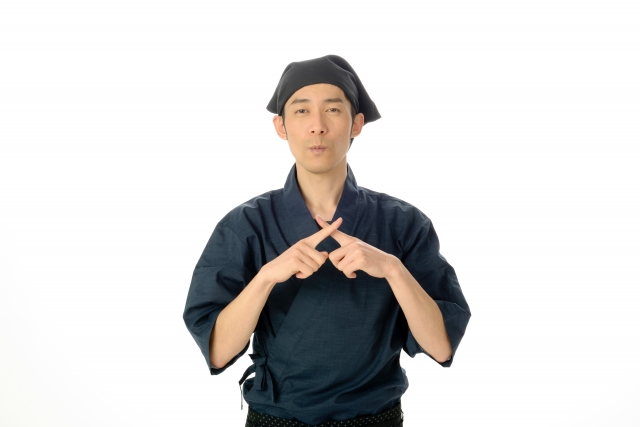
5. The “Come Here” Hand Motion
While most cultures motion for someone to come to them with their palm up while pulling the hand toward themselves, the Japanese way of gesturing for someone to “come here” has the palm facing down while curling the fingers. The gesture is sometimes accompanied with the words “kite kite,” which is a loose translation for “come here.” So if you are like many others and thought that the motion or words had any connection to the term “kitty,” don’t worry because it’s just a funny coincidence.
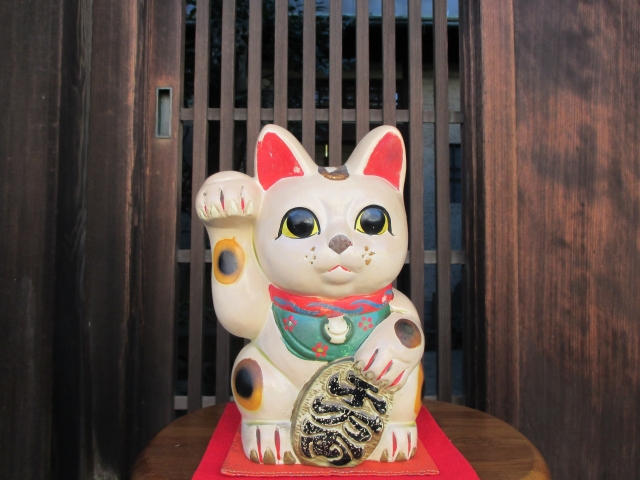
6. Hands in Front of You, Palms Out
While an “X” with the arms is a highly visible signal of a refusal, a slight move of putting both hands in front of you (especially accompanied with a slight bow) is a more subtle gesture of a refusal. It can also understood to mean “I don’t know” if you shake your head with it.
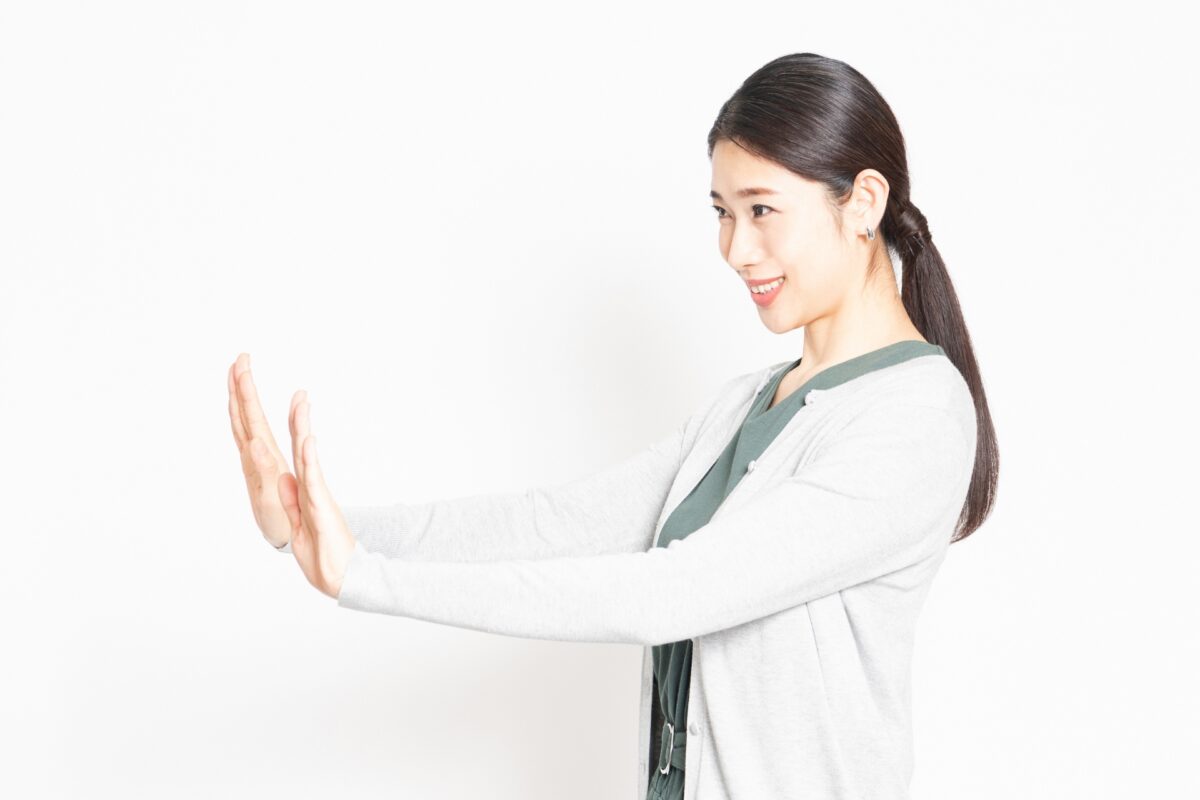
7. Chopping the Air While Walking
If you commute on public transport at least once in an urban city you are sure to see people rushing to their destination while making a hand gesture of chopping the air. It is often accompanied with “sumimasen,” which means “excuse me.” If you only do the gesture without saying “excuse me,” you run the risk of being perceived as rude.
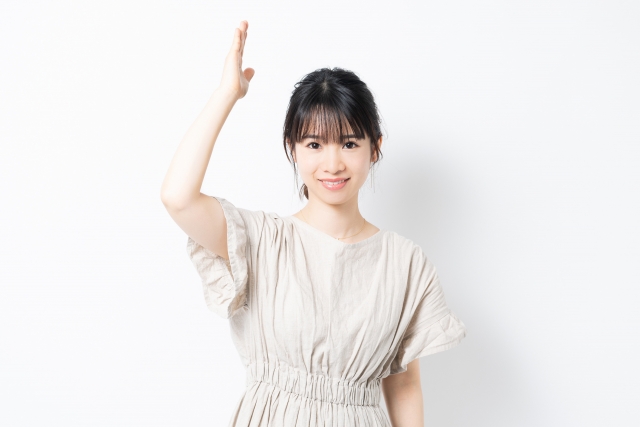

8. Big Circle Over Head with Arms
As a foreigner, one of the most shocking gestures to see is the large “O” over the head with the arms. It is the exact opposite of making an “X” with your arms. It is an affirmative, similar to how people in western countries would make a circle with their index finger and thumb signifying “OK.”
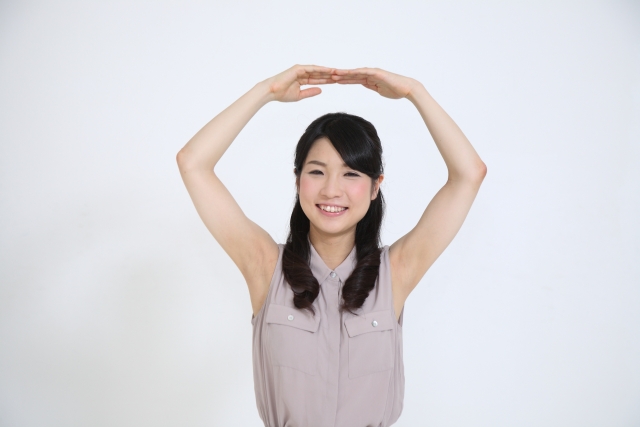
9. Gesture to Someone Else
While it is okay to point your finger at yourself, it is never okay to point at a person unless they are your friend. If you do want to gesture to someone, you should gently direct your hand in the direction of the person being referred to with the palm facing up slightly.

10. Do not Stare
One gesture that you should avoid as much as possible is staring. Staring is considered quite rude in Japanese culture. While most cultures also generally disapprove of staring, people in Japan avoid eye contact with strangers at all costs most of the time, so when someone stares it is never received well.
Even though getting through Japan with zero language ability can be quite challenging, if you learn these gestures and commit them in your daily routine, you can get by just like a local.

Follow us on Instagram, Facebook, Twitter, and TikTok for more travel inspiration. Or tag us to get featured!
Happy traveling!
Japan Wonder Travel Tours
Japan Wonder Travel is a travel agency that offers guided tours throughout Japan.
From private walking tours to delicious Food and Drink tours, we can help you organize the best tours just for you! If you want to explore Japan and learn more about the history and backstories of each area you are visiting, our knowledgeable and friendly English speaking guides will happily take you to the best spots!
In addition, we can provide you with any assistance you may need for your upcoming trip to Japan, so please feel free to contact us if yu have any questions or need some help!
▶Tokyo Tsukiji Fish Market Food and Drink Tour
Explore the most lively and popular fish market in Tokyo and try some of the local’s favorite street foods and sake with one of our friendly and knowledgeable English speaking guides!

▶Tokyo 1–Day Highlights Private Walking Tour (8 Hours)
There’s no better way to explore an area than taking a tour with a knowledgeable local guide. You will have the chance to learn about the history and interesting background stories of Tokyo, as well as discover some hidden gems which can be hard to do without a guide.

▶Mt. Fuji Day Trip Bus Tour from Tokyo
Experience the breathtaking views of Mt. Fuji by visiting the highlights of the area on our guided sightseeing bus tour! Departing from Shinjuku in central Tokyo, you can travel comfortably to all of the best spots in the area by bus.

Follow us on Instagram, Facebook, Twitter, and TikTok for more travel inspiration. Or tag us to get featured!
Happy traveling!
Stay informed of the best travel tips to Japan, the most exciting things to do and see, and the top experiences to have with the Japan Wonder Travel Newsletter. Every week we will introduce you to our latest content.
